Passport and visa photos play a pivotal role in the world of international travel. These simple snaps hold the power to determine whether you can board your dream journey or face unexpected delays and complications. In this comprehensive guide, we will explore the key differences that set passport and visa photos apart.
Passport Photo vs. Visa Photo: Introduction
Importance of Passport and Visa Photos
Passport and visa photos transcend mere snapshots; they constitute pivotal documents that exert considerable influence over your travel arrangements. Both the American government and international authorities insist upon these photos to authenticate your identity and safeguard your territorial integrity. These photographs find their home on your passport, visa, and an assortment of travel records, constituting an indispensable facet of your global visit.
The paramount importance of these photographs derives from their capacity to faithfully mirror your physical visage, affording immigration officials the ability to swiftly ascertain your identity with a cursory glance. A meticulously captured passport or visa photograph possesses the potential to expedite your ingress into foreign nations, thereby affording you a more streamlined and pleasurable expedition abroad.
Overview of the Key Differences
While Passport and visa photos may seem similar at first glance, several critical distinctions set them apart. Letâs explore them one by one.
Purpose: Passport photos primarily serve as a means of identification and are used in your passport, which is a document proving your citizenship. In contrast, visa photos are used to validate your eligibility for entry into a specific foreign country. Each serves a distinct purpose in the travel process.
Requirements: Passport photos must adhere to specific size, background, and facial expression guidelines set by the U.S. Department of State. Visa photos, on the other hand, may have varying requirements depending on the destination country's embassy or consulate.
Quantity: You typically need multiple copies of visa photos when applying for different types of visas, such as tourist, student, or work visas. Passport photos, on the other hand, are usually required in just one or two copies for your passport application.
Validity: Passport photos have a longer validity, typically lasting ten years or until the passport expires. Visa photos, in contrast, are usually valid for a shorter duration, aligned with the visa's duration.
Background: While both passport and visa photos require a plain, white, or off-white background, some countries may have specific background color requirements for visa photos.
Facial Expression: The expression required for passport photos is usually neutral, with a natural smile allowed. Visa photos may have more specific requirements depending on the destination country.
Understanding these key differences will help you navigate the world of passport and visa photos more effectively, ensuring that your travel plans go off without a hitch.
Passport Photo vs. Visa Photo: Are They Really That Different?
When it comes to passport photos and visa photos, you might be wondering if there's any substantial difference between them. After all, they both involve taking a headshot, right? Well, let's dig deeper into this seemingly straightforward question and unravel the nuances that set passport photos and visa photos apart.
Upon initial inspection, one might readily conclude that passport photos and visa photos share a fundamental similarity. Both portray your visage, typically set against a simple backdrop and occasionally, you might use the same photo for both uses. Nevertheless, as we delve into the nuances of these two categories of photos, you'll unearth their unique intentions and prerequisites.
Specific Requirements and Guidelines
These two sorts of photos have different specifications as well. The U.S. Department of State has established severe regulations for passport photos that must be followed in the country. These rules specify details like background color, size, and facial expression. By consistently following these rules, it is ensured that passport photos fulfill their intended function of providing speedy and trustworthy identification.
However, the policies of the embassy or consulate of the nation you intend to visit apply to visa photos. While certain specifications might be in line with those for passport photos, others might be rather different. To avoid issues with your visa application, it's essential to read and follow the precise instructions provided by the embassy or consulate.
Passport Photo
Size: 2 x 2 inches (51 x 51 mm)
Background: Solid white
Facial Expression: Neutral
Head covering: No head coverings are permitted, except for religious purposes.
Glasses: Glasses are not allowed
Visa Photo
Size: 35 x 45 mm
Background: Solid white or off-white
Facial Expression: Neutral
Head Cover: Head covering is not permitted except for religious purposes.
Glasses: Glasses are allowed, but you cannot use any dark lenses.
Hair: Your hair should be neat and not in your face.
Grooming: Makeup is allowed, but it should be natural.
Purpose and Usage
Distinguishing between passport photos and visa photos reveals a stark contrast in their fundamental purpose and utilization. Passport photos serve as an essential component of your passport, a critical document validating both your citizenship and your identity on a national level.
In contrast, visa photos serve a distinct purposeâto secure entry into a foreign nation. While passport photos chiefly focus on the confirmation of your identity as a bona fide citizen of your homeland, visa photos pivot towards the persuasive art of convincing a foreign government to grant you the privilege of entry.
Quantity and Validity
Another noteworthy distinction to consider when it comes to these photosâboth in terms of their quantity and their validity. For your passport application, you typically only need one or two passport photos, and they maintain their validity for a substantial period, often lasting up to a decade or until your passport expires.
In contrast, visa photos may demand multiple duplicates, contingent upon your specific visa category and the intricacies of the application process. Furthermore, visa photos tend to have a more abbreviated shelf life, aligning with the expiration date of your visa itself.
Background and Composition
The background and composition play a big role in how passport photos and visa photos differ from one another. To guarantee clarity and contrast, a basic, light-colored background is often necessary for passport photos. This makes the person's facial characteristics stand out clearly and helps with precise identification. There should be no patterns, shadows, or other distractions in the backdrop that could impede the quality of the picture.
In contrast, the backdrop color criteria for visa photos may differ depending on the country's rules. While some nations might permit plain backdrops, others might need specified colors or even a background that is entirely white. To prevent any delays or denials in the visa application procedure, it is crucial for applicants to carefully follow the background instructions given by the appropriate embassy or consulate.
Facial Expression
Face expressions for passport photos must adhere to rigorous rules; neutral expressions are preferred. The person being photographed should have their eyes open and be right away in front of the camera. To guarantee uniformity in identification, smiling, frowning, or excessive facial expressions are typically forbidden. A neutral expression is used to make sure that the person's facial characteristics are recognizable and uniform across all identifying documents.
Contrarily, the rules for visa photos could be slightly flexible, allowing a genuine smile or other expressions as long as they do not jeopardize the applicant's identification. Some nations may even make it clear whether or not smiling is acceptable. It is crucial to carefully read the destination country's visa photo instructions to comprehend their particular demands concerning facial expressions.
Clothing
Plain clothing is typically required for passport photos. It is generally advised against wearing clothes that are loud, patterned, or distracting to the face.
However, taking into account the cultural norms or customs of the target country, visa photographs may offer more flexibility. For instance, certain nations may mandate that people conform to strict dress regulations or wear traditional attire for visa photos. It is essential to review the embassy's or consulate's dress code rules before traveling.
Lighting and Shadows
When it comes to capturing the perfect passport or visa photo, lighting plays a pivotal role. Passport photos require even, well-distributed lighting to eliminate shadows that could obscure your facial features.
In contrast, visa photos may allow for slight shadows or variations in lighting, but it ultimately depends on the specific guidelines set by the embassy or consulate of your destination country. Understanding these nuances in lighting can make the difference between a photo that gets you through customs hassle-free and one that raises eyebrows at immigration counters.
Updates and Renewals
When it comes to adults, the validity of a passport is typically 10 years, and this also applies to passport photos. People must therefore renew their passports and upload a fresh photo when they reach their expiration dates. To achieve reliable identification, the photo must accurately capture the subject's current appearance.
It is advisable to update the passport photo if the person's appearance has significantly changed, such as a dramatic change in haircut or facial alterations. This requirement makes sure that the applicant's appearance at the time of the visa application is appropriately reflected in the photo.
Common Mistakes to Avoid
While learning about the difference between a passport photo and a visa photo, you must not forget to take in mind some common mistakes that might bring trouble during the traveling process.
Outdated Photos: One of the most common blunders travelers make is using outdated photos for their passport or visa applications. Ensure that your photos are recent and accurately reflect your current appearance.
Wrong Expression: Passport photos usually require a neutral expression, but visa photo requirements can vary. Be sure to check the specific guidelines for your destination country to avoid submitting a photo with an inappropriate expression.
Incorrect Background: Both passport and visa photos typically require a plain, white, or off-white background. Deviating from this requirement can lead to application rejection.
Size Matters: Passport and visa photo sizes can differ, so it's crucial to get the dimensions right. Using the wrong size photo can result in delays and complications.
Over-editing: Excessive retouching or editing of your photos is another common pitfall. Keep your photos natural and unaltered, as authorities need to identify you easily.
Glasses and Headwear: Rules regarding glasses and headwear vary. While passport photos generally allow glasses and religious headwear, visa photo guidelines may differ. Be sure to comply with the requirements of the specific country you plan to visit.
Passport Photo vs. Visa Photo: Cost Comparison
Understanding the cost differences between passport photos and visa photos is crucial. Here is a quick breakdown of expenses associated with passport and visa photos, including any hidden fees and additional charges you must be aware of.
Passport Photo Costs
Getting a compliant passport photo typically involves expenses. The cost of a passport photo may vary depending on the locations and passport photo agency:
Photography Service: Visiting a professional photography studio or a retail location like a pharmacy or post office to have your passport photo taken is the first cost. Prices may fluctuate, typically falling between $10 and $20 for this service.
Photo Printing: Once your photo is taken, you'll need physical copies. Many places that offer photography services also provide printing. This service can add costs typically ranging between a modest $10 to $15.
Total Cost: On average, you can expect to spend around $20 to $35 for a set of two passport photos in the United States.
Visa Photo Costs
Visa photos can have different costs based on several factors listed and explained below:
Embassy or Consulate Fees: The initial expenditure typically pertains to the visa application itself. Depending on your chosen destination and the specific visa category under consideration, the charges imposed by embassies or consulates can exhibit a substantial degree of variation. These fees tend to surpass the costs associated with passport applications and may fluctuate within the range of $160 to several hundred dollars.
Photo Requirements: The cost of visa photos also depends on where you get them taken. Professional photography studios might charge similar rates to passport photos, while some businesses offer visa photo services at a slightly higher cost.
Additional Copies: Depending on your visa type and destination, you may need extra copies of your visa photos. Each additional set can add another $10 to $15 to your expenses.
Hidden Fees and Additional Charges
When considering the cost of passport and visa photos, it's essential to be aware of potential hidden fees and extra charges:
Expedited Processing: Applying for an expedited passport or visa comes with extra fees. An expedited U.S. passport costs approximately $60 on top of regular processing fees. Expedited visa fees vary by country and urgency. The faster you need your visa, the more it will cost. Be prepared to pay additional expediting fees when applying for a rush passport or visa.
Retakes: If your initial photos do not meet the required specifications, you may need to pay for retakes. This can result in additional photography and printing fees.
Online Services: Some online services offer the convenience of submitting digital photos for passport or visa applications. While this can be convenient, it may come with additional service fees.
Visa Photo for Passport or Passport Photo for Visa
In the realm of travel documentation, the lines between passport photos and visa photos can sometimes blur. Travelers often wonder if they can interchange these photos when needed, but it's essential to understand the scenarios in which you can use one for the other and be aware of the limitations and risks associated with this practice.
Using Visa Photos for Passports
In some cases, you can use a visa photo for your passport application. However, this largely depends on whether the visa photo meets the specific requirements set by your country's passport authority.
If your visa photo conforms to your country's passport photo regulations regarding size, background, facial expression, and other criteria, it may be accepted. Be sure to check with your passport issuing authority to confirm if this is allowed.
Using a visa photo for your passport can be particularly convenient if you've recently obtained a visa and the photo still accurately represents your current appearance.
Using Passport Photos for Visas
In a similar vein, you might contemplate the suitability of your existing passport photograph for visa applications. Once more, this inquiry hinges upon the prerequisites set forth by the embassy or consulate of the nation you intend to journey to.
If your passport photo aligns with the visa photo guidelines of your destination country, it may be accepted for your visa application. However, some countries may have unique requirements, so thorough research is necessary.
This practice can save you time and money if your passport photo meets the necessary visa criteria.
Limitations and Risks
While using one type of photo for the other may be permissible in some situations, it comes with limitations and risks:
Country-Specific Requirements: Passport and visa photo requirements are often country-specific and subject to change. Using the wrong type of photo can result in application rejection, delays, and additional expenses.
Application Rejection: If your photo does not meet the specific requirements of your travel document, your application may be rejected. This can lead to significant travel disruptions and expenses.
Legal Compliance: Some countries have stringent regulations for passport and visa photos, and using an incorrect photo may result in legal consequences or even visa denial.
Appearance Changes: Over time, your appearance may change significantly. Using an outdated photo can lead to issues during travel, as immigration officials must be able to recognize you based on your photo.
Passport Photo vs. Visa Photo: Which One Should Be Your Top Priority?
The importance of passport and visa photos may not always be immediately apparent. However, understanding which of these photos should take precedence can significantly impact the success and smoothness of your journey. Let's explore the question: Should your top priority be your passport photo or your visa photo?
Passport Photo
The Travel Key: Your travel credentials are encapsulated within your passport, an outstanding and pivotal travel artifact. It functions as both your identity symbol and an indisputable testament to your citizenship. The absence of a valid passport renders you unable to depart from your nation of origin or secure admittance into your selected foreign vacation.
Long-Term Investment: Passport photos typically have a long validity period, often matching the expiration date of your passport, which can be up to ten years. Prioritizing your passport photo ensures you're prepared for multiple trips throughout this extended period.
Universal Acceptance: Passport photos adhere to international standards and regulations, making them universally recognizable and accepted. Whether you're embarking on a leisurely vacation or a crucial business trip, your passport remains your primary form of identification.
Visa Photo
Destination-Specific Requirement: A visa is a destination-specific travel authorization. A visa allows entry into a particular country for a specific purpose like tourism, business, or education. The visa photo must precisely meet the requirements set by the embassy/consulate of your destination country.
Diverse Requirements: Visa photo requirements vary widely from country to country and can even differ by visa type within the same nation. Neglecting these detailed requirements can lead to visa application rejections or significant delays.
Context-Dependent: The priority of your visa photo depends on your travel plans. If you're traveling to a destination that requires a visa, then obtaining the correct visa photo should be an immediate priority. However, if your destination allows visa-free travel for your nationality, your passport photo remains of utmost importance.
Which Should Be Your Top Priority?
In most cases, prioritizing your passport photo is the logical choice. Your passport is the foundation of your travel documents and serves as your universal identification. Once you possess a valid passport with a suitable passport photo, you have the key to initiate your global adventures.
However, your travel plans and circumstances may dictate your priorities. If you have an upcoming trip that necessitates a visa, it's imperative to address the visa photo requirements promptly to prevent any delays in your visa application process.
Final Thought
Although passport photos and visa photos share the fundamental purpose of identification for international travel, they possess subtle distinctions. These dissimilarities arise from differences in purpose, requirements, and usage.
Understanding these disparities is essential for individuals planning to embark on international journeys, as it ensures compliance with regulations and streamlines the visa application and passport issuance processes. By adhering to the unique specifications for each type of photo, travelers can confidently navigate the bureaucratic landscape, facilitating smoother travel experiences.
May Be Interested:
Ultimate Guide to Take Perfect French Passport Photo at Home
Take Free Chinese Passport Photo at Home: Step-by-Step Guide
How to Take Perfect Passport Photo at Home? [Step-by-Step Guide]
Passport Photo vs. Regular Photo: Understanding the Key Difference
FAQs
What are the dimensions for a standard passport photo in the US?
The dimensions for a standard passport photo in the US are 2 x 2 inches with a head size between 1 - 1 3/8 inches.
Can I use my passport photo as a visa photo?
In the United States, you can typically use the same photo for your passport and visa applications. However, be aware that some countries have different photo requirements. To avoid any issues, review the specific photo guidelines for the country you plan to visit before submitting your visa application.
Is it acceptable to smile in a visa photo?
Smiling is acceptable for US visa photos, but other countries may prohibit smiles. It's safer to have a neutral expression.
Can I wear glasses in my passport photo?
No, glasses are not acceptable in a passport photo.
What are the consequences of submitting an incorrect visa photo?
Submitting an incorrect photo can lead to delays and rejection of your application. You may have to resubmit photos and pay an additional fee.
How can I retake my passport or visa photo if it's rejected?
If your photo is rejected, you will need to retake it following the provided guidelines. Many pharmacies, shipping stores, and photographers offer passport photo services.
How do I ensure my photos meet international standards?
Review the photo composition examples provided in government guides to ensure your photos meet international standards.
How do I avoid delays in passport renewal or visa application due to photos?
Carefully following passport and visa photo instructions can help avoid costly delays. Consider having photos professionally taken to minimize issues.


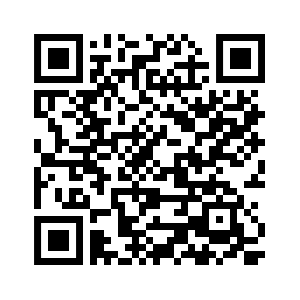
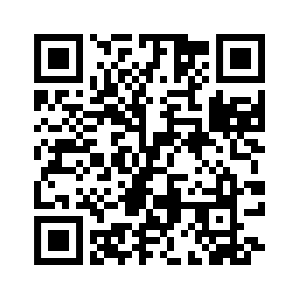
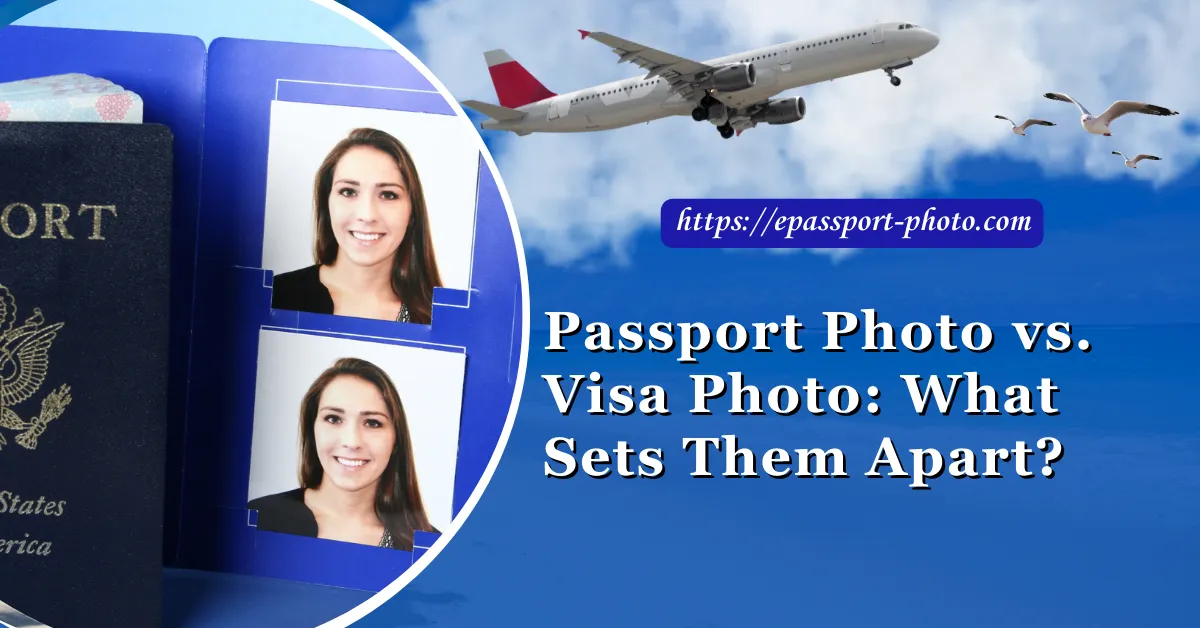
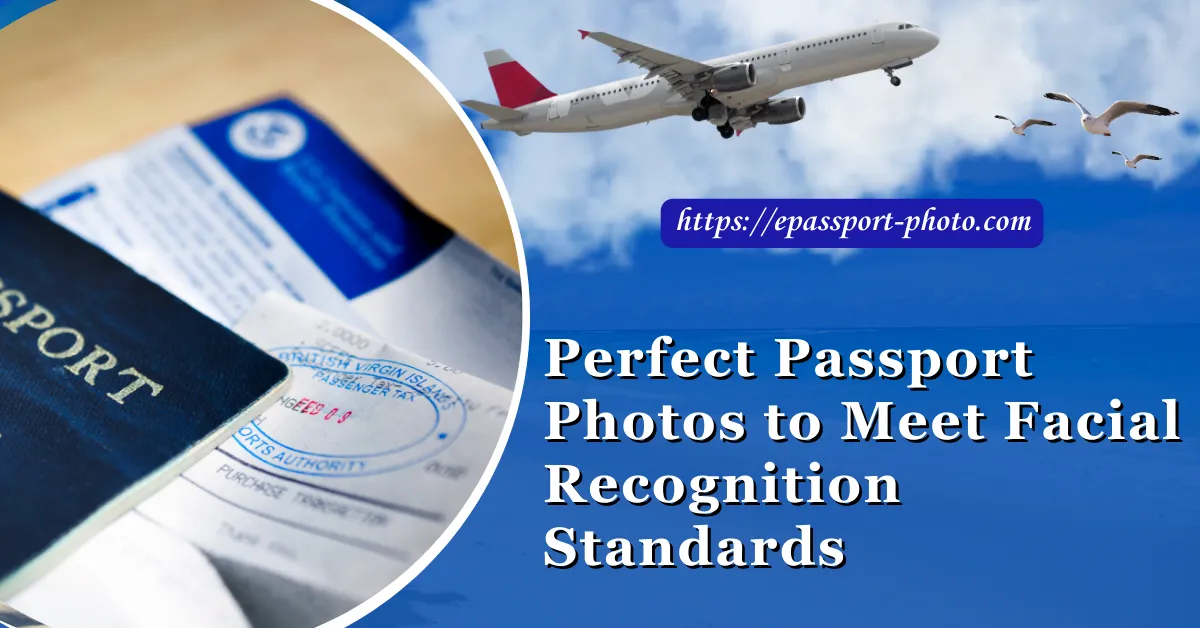
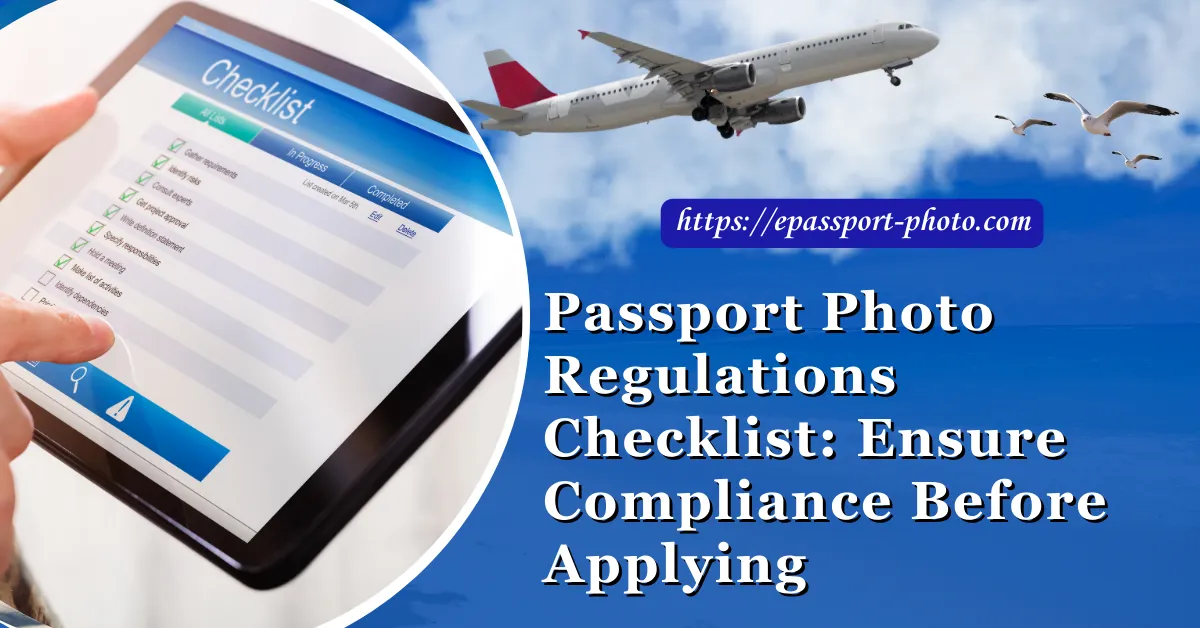
![Passport Style Photo vs. Professional Headshot [Key Differences]](https://epassport-photo.com/storage/blog-feature-images/passport-style-photo-vs-professional-headshot.webp)